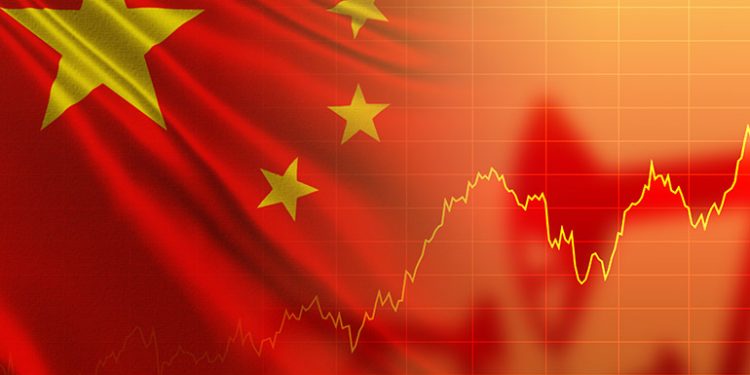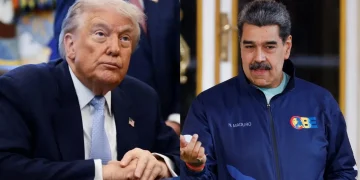Beijing: China’s economy showed signs of slowing in April as President Donald Trump’s trade war took a toll, with retail sales, property and investment coming in weaker than economists had forecast.
Industrial production slowed as Trump’s painfully high tariffs of up to 145 per cent, and 125 per cent retaliatory duties imposed by Beijing, took effect and shipments were curtailed.
National Statistics Bureau spokesperson Fu Linghui said the general trend was positive though he pointed to “external shocks” that had gained intensity.
“It should also be noted that there are still many outside unstable and uncertain factors, and the foundation for the continued recovery and improvement of the national economy needs to be further consolidated,” Fu said.
Here are a few key indicators reported Monday.
Retail sales
Chinese consumers have been holding back after the shocks of a prolonged downturn in the housing market that is the source of much household wealth. Retail sales rose 5.1 per cent from a year earlier in April, below economists’ expectations for a 6 per cent increase.
Fu said Beijing would continue to focus on supporting job creation and spurring more domestic demand.
He also said China must stop prices from falling. The consumer price index fell 0.1 per cent in April. Such deflation is both a symptom of weak demand and also a factor behind shoppers’ reluctance to spend, in hopes of getting better deals later.
“The current overall price level is low, which puts pressure on production and companies’ operations and affects jobs and incomes, so it’s important to promote a reasonable recovery of prices,” Fu said.
On the US side, consumer sentiment has fallen slightly in May for the fifth straight month, with Americans increasingly worried that the trade war will worsen inflation.
Manufacturing
Industrial production rose 6.1 per cent from a year earlier, slowing from 7.7 per cent in March as tariffs and other trade barriers bit into exports.
The truce in Trump’s trade war with China has helped, Fu said, calling it “conducive to the growth of bilateral trade and the recovery of the world”.
With tariffs paused for 90 days to allow time for talks, shipments have revived as businesses rush to meet back-to-school and other seasonal deadlines.
But even before Trump took office for the second time in January, China was under pressure from its trading partners for relying too heavily on exports to absorb its excess industrial production.
And if output continues to outpace demand from businesses and consumers, prices will keep falling.
“Export-driven gains in factory output could continue given China’s manufacturing competitiveness and frontloaded orders before the end of the 90-day truce, but this is coming at a persistent deflationary cost,” Louise Loo of Oxford Economics said in a report.
Investment and property sales
The government reported that fixed asset investment in such things as factories and equipment rose 4 per cent in April in the first four months of the year.
However, property investments fell 10.3 per cent year-on-year in January to April. New home prices also edged lower.
While manufacturing held up better than expected, the pressures from trade are complicating Beijing’s effort to keep turn the housing market around and keep the economic recovery on track.
“Establishing a trough on a national level is taking some time, as the recovery of the property market remains uneven and gradual. It’s possible that tariff-related pessimism and uncertainty kept more buyers on the sidelines in April,” Lynn Song, chief economist for Greater China at ING Economics said in a report.
AP







































